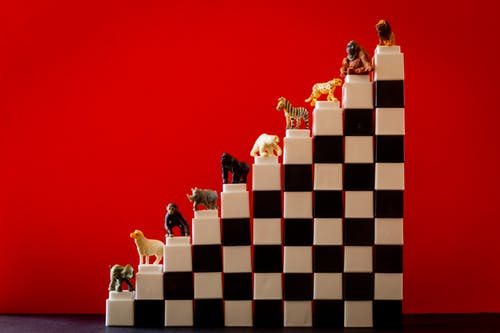Parents often claim that they have difficulty helping their kids…

Top 10 Fun Ways To Teach Multiplication
Learning multiplication can be an eye-opening adventure into the world of mathematics, but there are definitely a lot of numbers to remember. Multiplication simply is groups of numbers – for example, three groups of three = 3×3. Seeing the relationships between factors and how numbers position in the Hundred Number Chart can be a great way for beginning to visualize the why behind the math. Put those flashcards on the back burner for now, and try these ten fun ways to learn multiplication.
#1 – Skip Counting
From a young age, you can teach kids how to skip count up and down the number line. Have them go forwards and backwards, increasing the total each time. Eventually you can have them work up to the 12 times table limit. Skip counting is as it sounds: you skip equal amounts up the number line. Eventually when they get to multiplication, they will already know those number relationships in their heads.
#2 – Hundred Number Chart
A Hundred Number Chart is the numbers from 1-100 in a 10×10 grid. Positioned this way, you can see both addition, subtraction, and multiplication patterns on the board. Removing a number from the chart is a great way to help kids learn the positions, and they can tell you a number sentence that equals the missing number.
#3 – Baking
Double or triple a recipe! Kids will love this hands-on way to practice their mathematical skills without even realizing they’re working. Fractions can be a challenge when it comes to multiplication, but when you put it in terms of baking, voila! It’s super fun and you get to eat when you’re finished.
#4 – Shopping for a Party
Having students figure out cost analysis for a variety of scenarios can be an intriguing way to practice multiplication. Throw a real or imaginary party, and have your child make a list of items needed. Then go online to find out how many come in a package. They will have to multiply and estimate in order to prepare for the party.
#5 – Quick Draw Challenge
Pull out those flashcards for an old-fashioned quick draw. Two opponents face a third person with flashcards. As they are quickly drawn and seen, the first child to shout the correct answer gets the card.
#6 – Songs
There are loads of multiplication songs out there, so give them a look online. Some of the best ones are part of the SchoolHouse Rocks collection, though there are more modern versions as well. Kids love to sing and sometimes those catchy tunes just get stuck in your head. Many versions also come with animated videos, reinforcing the concepts further.
#7 – Lego Grids
Multiplication is grouping, so use different colored Lego bricks to create grid patterns that represent different multiplication facts. For example, a 3 by 3 grid represents 3×3. They can visually see the 9 bricks that it took to make the structure. Another twist is to classify the Legos by their bumps. Legos come in a variety of sizes and can be grouped by the grid pattern of bumps on them. This is a great way to show how many bumps are on a brick and visualize the different sizes.
#8 – Arrays
This is the same concept as the Lego grid, only you can use anything from chocolate shell candies to beads to toys. As long as they are able to make the grids and express the number sentence, they’re on the right track to visualizing multiplication. Another fun thing to do is make an Array City from construction paper, where the window grids represent multiplication facts. All of the buildings will look different depending on their window grid.
#9 – Keep Score
Sometimes switching to a little real-world math does wonders. Basketball stats are a great way to help students learn to solve more complex multiplication problems. Give the student a scenario in which a certain basketball player scored X amount of free throws, X amount of layups, and X amount of field goals. Ask them what their point total for the evening is and see how they go about solving the problem.
#10 – Online Games
Tons of free online multiplication games can be found to practice the most mundane skills with amazing sounds and awesome animations. Look for ones that offer repetitive practice and simultaneously pique your child’s interest.



